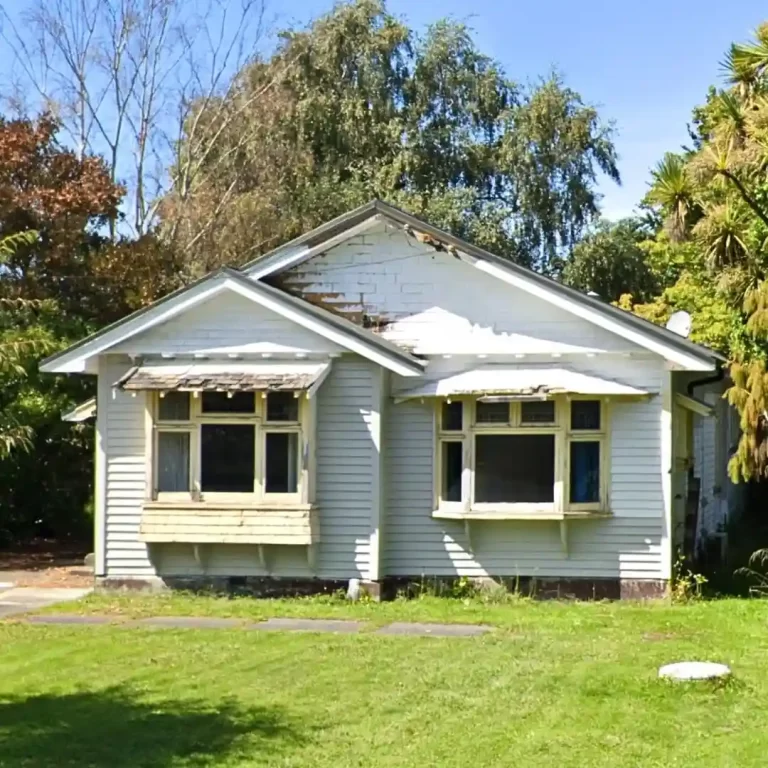Selling an earthquake-damaged property comes with unique challenges, especially when EQC and insurance claims are involved. This guide walks you through the essentials of selling a home with earthquake-related damage, focusing on proper documentation, transparency, and compliance to make the process smooth and successful.
Selling a home with earthquake damage is not always straightforward. Between EQC claims, insurance paperwork, and legal requirements, sellers need to make sure they are covering all the bases. Being open and clear with buyers about claims, repairs, and “as is, where is” sales builds trust and can help you find the right buyer.
Common Scenarios:
The Earthquake Commission (now known as the Natural Hazards Commission) provides coverage for earthquake-related property damage. EQC typically covers the first $300,000 (+GST) of damage for insured homes, while private insurers cover additional costs. This commission also covers specific land damages, such as landslips or liquefaction, which are crucial to disclose when selling a damaged property.
EQC claims can be settled in two main ways, each affecting the sale differently:
Case Study:
After the Canterbury earthquakes, many properties were sold “as is, where is” with unresolved claims or cash settlements. In some cases, buyers found that the settlements didn’t cover the full extent of repairs needed. This lack of clarity has led to buyer hesitancy and potential legal issues, underscoring the importance of transparency in any earthquake-related sale.
A recent Newshub article highlights this issue. In Christchurch, homeowners recently won the right to sue EQC over claims they felt were undervalued, particularly for land damage. Many owners had only received partial payouts, and this lawsuit highlights the need for fair settlements and clear documentation when selling earthquake-affected properties. Read more on Newshub

Earthquake-damaged House
When selling an earthquake-damaged property, EQC and private insurance claims can often be transferred to new owners, who can use any remaining funds for future repairs. To make this easy:
Transparency is a legal requirement when selling earthquake-damaged properties. Sellers should disclose:
When selling a property “as is, where is,” transparency is even more essential. Be sure to provide all relevant documentation, including:
Selling earthquake-damaged homes often needs an extra level of expertise. Working with insurance providers, lawyers, and property valuer’s helps ensure:
These professionals provide clarity on claim histories and repairs, increasing buyer confidence and simplifying the sales process.
Selling a property with earthquake damage and active claims isn’t without its challenges, but it’s manageable with the right approach. By staying transparent, understanding your obligations, and working with the right professionals, you’re setting yourself up for a smoother process—and peace of mind.
At Your Property Solutions, we’re here to help. If you’re looking to sell an earthquake-damaged property and want a straightforward, supportive team by your side, reach out to us. We’re dedicated to making every step as clear and hassle-free as possible.
We’d love to hear from you—let’s talk soon!
Billy & Slade 💚

